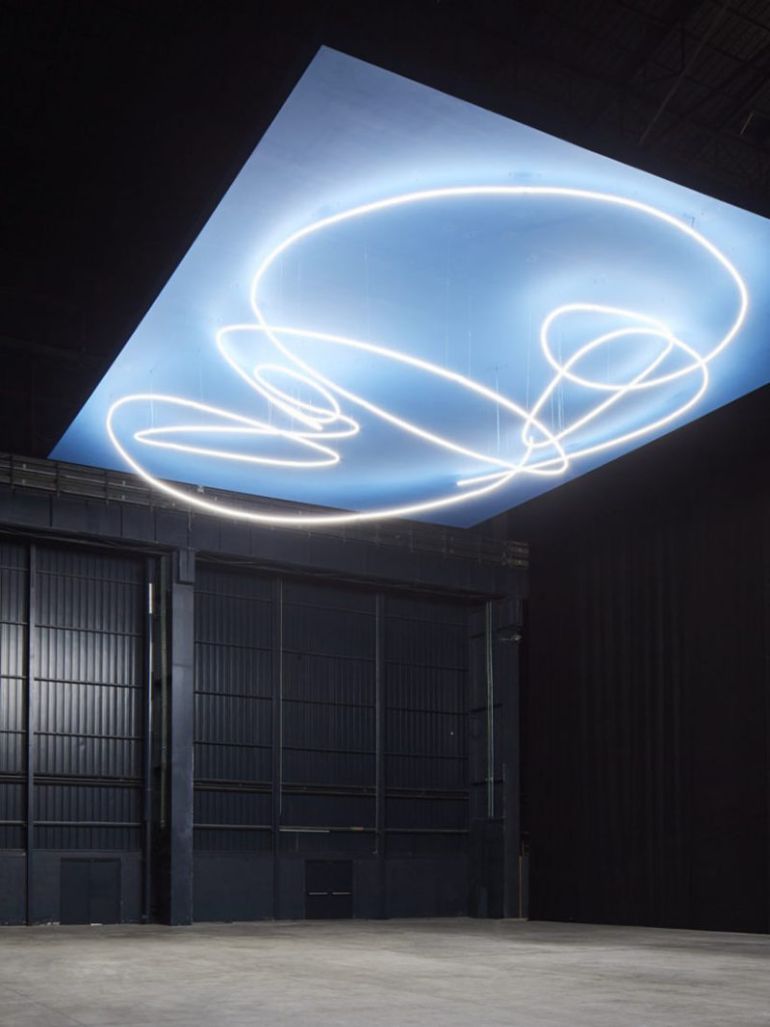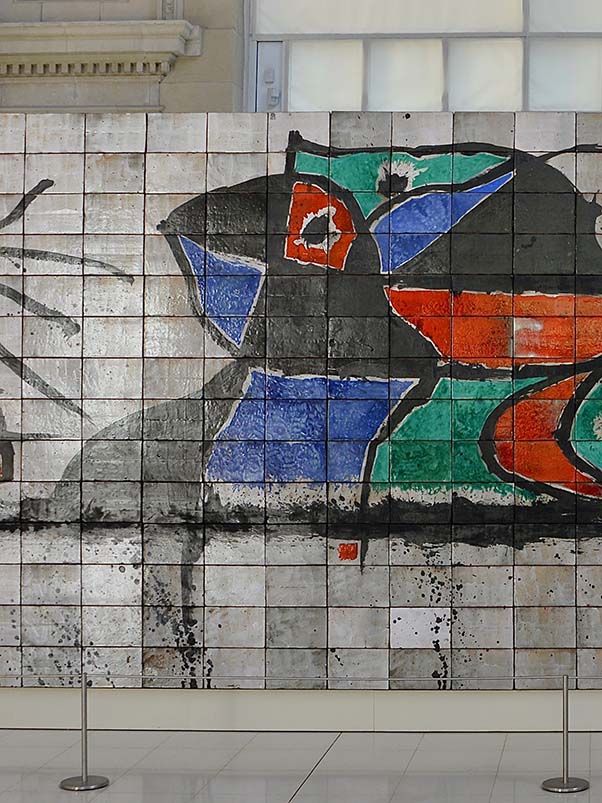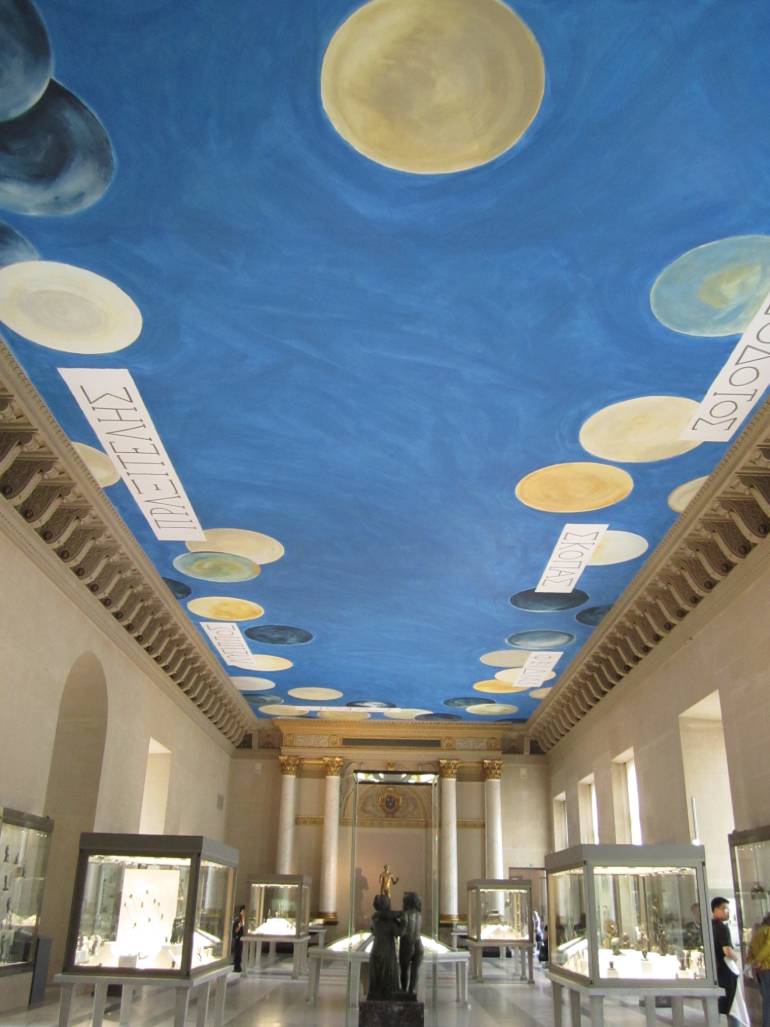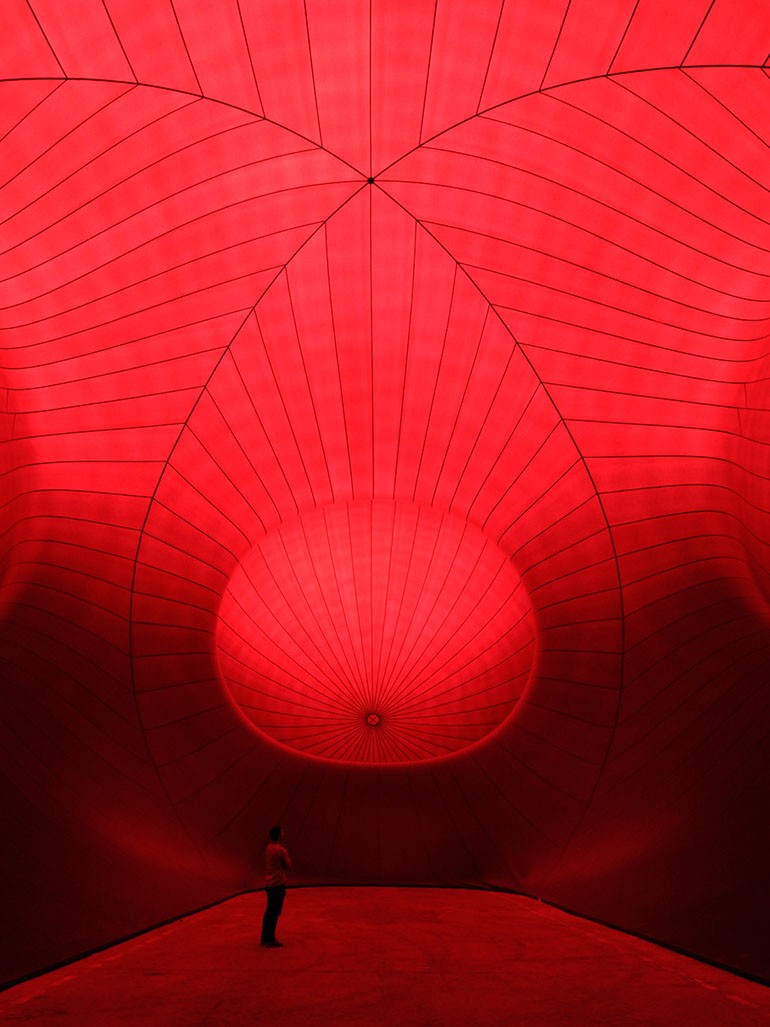
F4M4+WR Le Havre, France Copy to clipboard
49.484841, 0.107149 Copy to clipboard
Before you go
Behavior: Be mindful of your surroundings and watch for dog waste on the paths.
Nearby attractions: The site offers views of the cruise ship docks and a nearby park for relaxation. The promenade is ideal for a scenic stroll.
Photography: Capture vibrant photos during the day or illuminated shots at night. The spacious area allows plenty of room for creative angles.
Best visit time
The installation can be visited at any time. While daytime offers vibrant colors against the sky, nighttime provides a stunning illuminated view of the sculpture.
For fewer crowds and better photo opportunities, visit early in the morning or late in the evening. On sunny days, the area is especially bright and picturesque.
Directions
By car
Drive to the Le Havre harbor area. Parking is available near the sculpture in controlled zones, but spaces can be limited during busy times.
By public transport
Take a bus or tram to the harbor area, then follow the pedestrian promenade to the sculpture. The site is easily visible and within walking distance of main public transport stops.
Parking
Controlled parking zones are located next to the sculpture. Arrive early for better chances of finding a space, especially during peak hours.
Le Havre – Catène de containers
The Catène de Containers is a sculpture 1 created by Vincent Ganivet 2 in 2017. To build the monument, Ganivet made two archways of containers to commemorate the 500th anniversary of the French 3 city Le Havre.

The containers, which were stacked up to 30-meters high, are easily distinguished by the various bright colors and are situated at the rue de Paris in the manufacturing port of Le Havre.
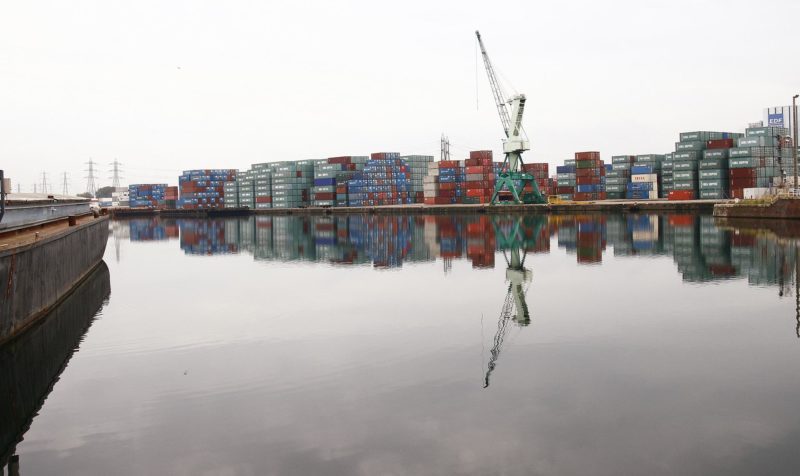
The stacks of containers were designed to look a lot like a LEGO set as the monument was created using containers. These containers were stacked together using a special engineering tactic, so no glue or any other adhesives were used in the assembly process.

For this specific project, Ganivet raised his containers and sized them to scale to match the surrounding neighboring buildings.

Construction
This massive construction site developed gradually to ensure that everyone involved was kept safe. To start the construction process, concrete slabs were poured on the ground to support the massive structure.
Containers were then stacked in two distinct arches, beginning with the smallest one, which comprised 15 containers extending 40 meters long and 13 meters high.

The second arch was then assembled with the engineers stacking containers 29 meters high; the equivalence of the height of one of the tallest buildings in the rue de Paris.

To ensure that the containers stayed in place, reinforcements were added between each container. These reinforcements are also what allowed the arch to be created. In total, Catène de Containers is estimated to weigh approximately 500 tonnes.
Location
Address: Quai de Southampton, 76600 Le Havre, Seine-Maritime
Hours: 24h
About Vincent Ganivet
Throughout his career, Vincent Ganivet has been utilizing bricks and concrete blocks to create massive and often complex arches and structures that seem to disregard the laws of gravity. After graduating from Beaux-arts de Paris, the artist started working in construction and, later in his studio, experimented with cascading dominoes made from concrete blocks.

Ganivet uses a mathematical system to ensure that his creations remain stable, the same process that was utilized by the famous architect from Catalan, Antoni Gaudi. Trying the technique for the first time, it immediately worked and since then, he has repeatedly complicated the structures and increased their size.

In particular, for this project, Ganivet utilized Gaudi’s catenary arch technique 45 that relies on a flexible hanging chain or cable that can support items of various sizes by depending solely on gravity. Ganivet is constantly looking for new ways to push the envelope, always making the next installation bigger and higher than the last.
Ganivet‘s artistic approach calls on the deliberate use of inexpensive materials such as containers, concrete bricks, and wooden blocks to come up with his creations. As such, on most occasions, Ganivet has to assume three roles- artist, engineer, and mathematician.
Ganivet is primarily interested in the process of implementing and constructing, comparing his works to a giant puzzle. Each sculpture undergoes rigorous testing at his studio through carpentry, drawing and testing smaller models. According to him, this portion makes up the bulk of his work.
He summarizes his practice 67 as follows:
I don’t invent anything. I apply.

He has built a knack for testing and taking his blocks and sculptures to hazardous and almost dangerous limits. So much so that in 2011, one of his sculptures at Karlsruhe Kunsthalle collapsed mid-exhibition 89.
Born in Suresnes, France, in 1976, Ganivet continues to create masterpieces that defy gravity with simple materials at his studio in Île Saint-Denis, France.

Over the years, his monumental freestanding archways have been exhibited in several regions and institutions worldwide, including in Staatliche Kunsthalle Karlsruhe, Palais de Tokyo, MAMAC Nice, the Lambert Avignon Collection, and more.

Explore nearby
Le Havre, France
 Christian Marclay's 7 stained glass windowsInstallation ended (dismantled)173 km away
Christian Marclay's 7 stained glass windowsInstallation ended (dismantled)173 km away Lucio Fontana's neon installationsExhibition ended (dismantled in 2017)174 km away
Lucio Fontana's neon installationsExhibition ended (dismantled in 2017)174 km away Joan Miró's largest artworks175 km away
Joan Miró's largest artworks175 km away Cy Twombly's Louvre ceiling176 km away
Cy Twombly's Louvre ceiling176 km away Why did Yves Klein take a Leap into the Void?Performance ended (staged in 1960)177 km away
Why did Yves Klein take a Leap into the Void?Performance ended (staged in 1960)177 km away

